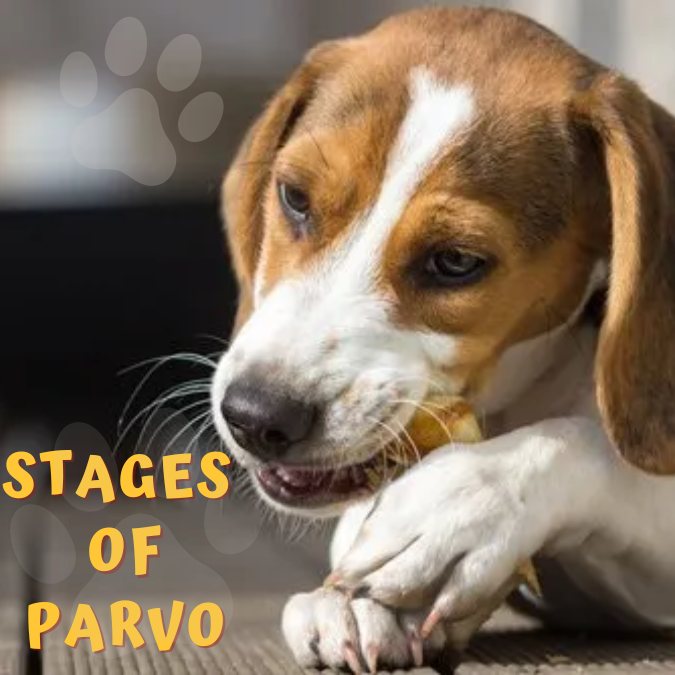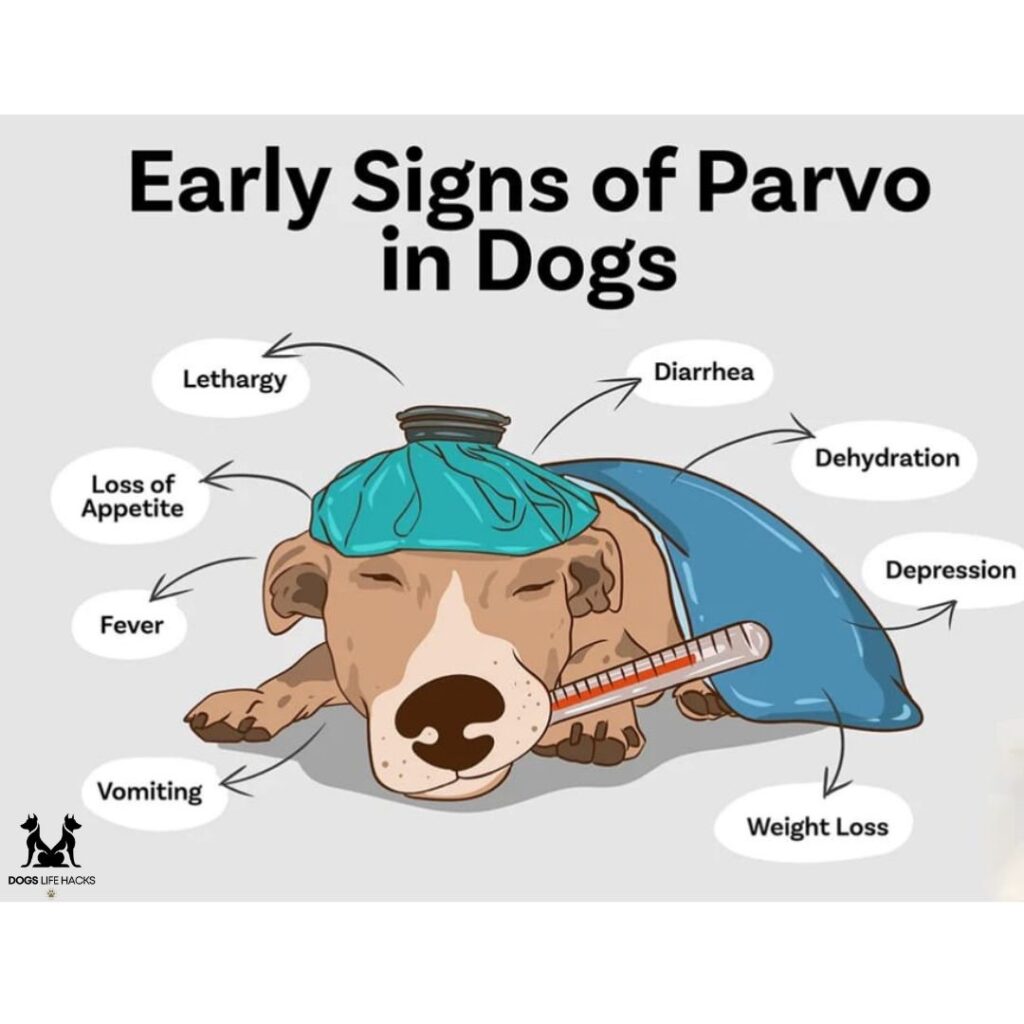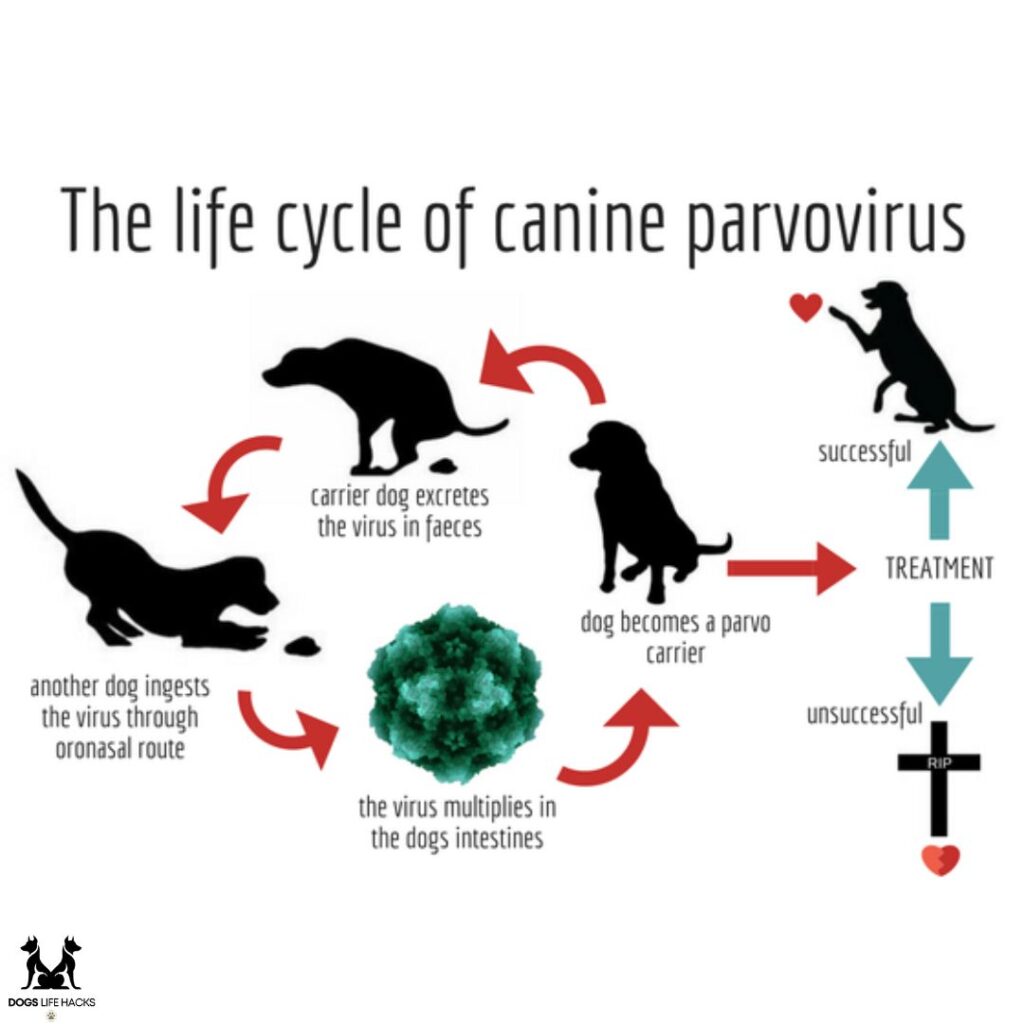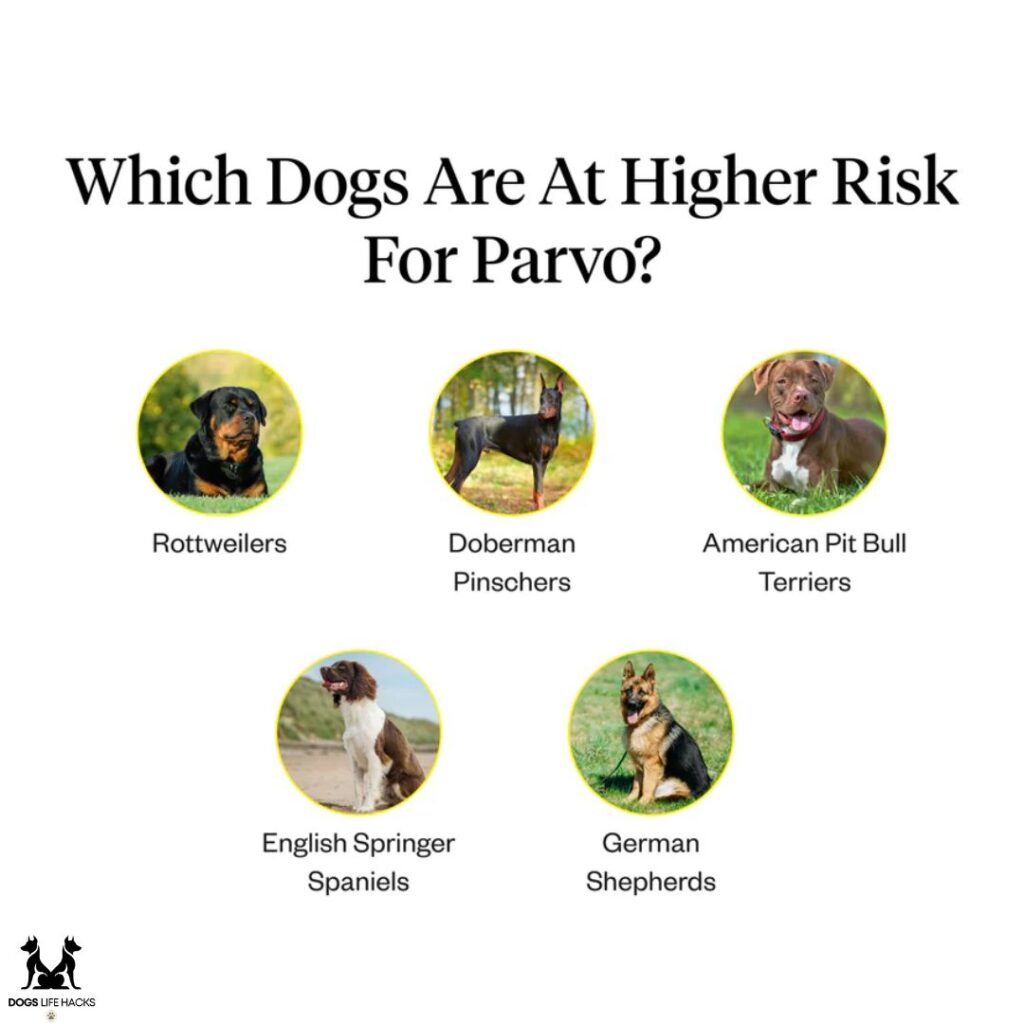The Best Guide to Stages of Parvo Every Dog Owner Must Know

Parvo is a severe viral infection that mostly affects puppies.
The full form of Parvo is Dog Parvovirus. Parvo is a very contagious virus in dogs.
It primarily attacks the gastrointestinal tract and weakens the immune system. It can be fatal if not treated promptly.
Understanding symptoms and the stages of parvo is crucial for timely diagnosis and treatment.
How Parvo Spreads
Parvo spreads by direct contact with contaminated surfaces, infected feces, and vomit. It can be spread through humans who handle infected dogs.
Symptoms of Parvo

Early Signs
- Lethargy
- Loss of appetite
- Fever
These symptoms can be mistaken for other illnesses, be vigilant and consult your vet.
Advanced Symptoms
- Severe vomiting
- Bloody diarrhea
- Rapid weight loss
These symptoms indicate a critical stage of the infection and need quick treatment.
Stages of Parvo

Initial Stage: Exposure and Incubation
How Dogs Get Exposed
Infected feces, contaminated environments, or infected dogs are the main causes of the spreading of parvovirus.
Incubation Period
In the incubation period of 3-7 days, parvo replicates in the dog’s body without showing any symptoms.
Acute Stage: Onset of Symptoms
Gastrointestinal Symptoms
In the acute stage, dogs suffer through gastrointestinal symptoms like vomiting and diarrhea. This leads to dehydration and electrolyte imbalance.
Systemic Symptoms
These include fever, lethargy, and a weakened immune system. Systemic symptoms show that the virus is infecting the whole body.
Critical Stage: Severe Illness
Dehydration and Electrolyte Imbalance
Dehydration becomes severe in the critical stage. Electrolyte levels also drop dangerously low. To save your dog, consult the vet immediately.
Risk of Secondary Infections
More infections can attack the dog due to the weak immune system. Medication is compulsory to avoid complications.
Recovery Stage: Signs of Improvement
Gradual Symptom Relief
Symptoms slowly vanish during recovery. Dos starts to regain energy and return to normal life.
Nutritional Support
Proper diet is crucial during the recovery phase. A healthy and balanced diet helps in regaining strength and boosting the immune system.
Post-Recovery Stage: Long-Term Effects
Immune System Recovery
Dogs have a weak immune system in the recovery phase. Care and monitoring are crucial for proper recovery.
Preventative Measures
Proper vaccination and a clean environment are important for preventing future parvo infections.
Diagnosis of Parvo
Clinical Examination
On consulting a vet, he/she will perform a thorough clinical examination to identify parvo symptoms.
Laboratory Tests
Blood tests and fecal tests are essential for confirming a parvo diagnosis.
Treatment Options for Parvo
Veterinary Care
Immediate veterinary care, IV fluids, and medications are crucial for treating parvo.
Home Care Tips
Hydration, providing a nutritious diet, and keeping the dog comfortable at home during recovery.
Preventing Parvo in Dogs
Parvovirus Vaccination
Receiving parvovirus and other recommended vaccines is the most effective way to prevent parvo.
Environmental Control
Keep your dog’s environment clean to minimize the risk of parvo exposure.
Common Misconceptions About Parvo
Myth vs. Reality About Parvovirus
There are many myths like it only affects puppies. In reality, adult dogs can also get the virus.
Addressing Misunderstandings
It’s important to educate dog owners about parvo. It helps in debunking myths and promoting preventive measures.
Impact of Parvo on Dog Owners
Emotional Toll
Caring for a dog with parvo can be frustrating. Emotional support from family and friends is important during this time.
Financial Considerations
Parvo treatment can be expensive. It’s important to be prepared for potential veterinary expenses.
Parvo in Different Dog Breeds
Breed Susceptibility
Rottweilers and Doberman Pinschers, English Springer Spaniels, American Pitbull Terriers, and German Shepherds are more susceptible to parvo.

Case Studies
Case studies of parvo in different breeds provide valuable insights into the disease’s impact.
Future Research on Parvo
Advances in Treatment
Ongoing research aims to develop more advanced equipment and effective treatments for parvo.
Ongoing Studies
Scientists are continuously studying and researching parvo to better understand its behavior and find new ways of treatment.
Conclusion
Understanding parvovirus and the stages of parvo is very crucial. Analyzing symptoms, and taking preventive measures can save your dog’s life. Stay informed and proactive to ensure your pet’s health and well-being.
FAQs about Stages of Parvo
What are the worst days of parvo?
The 2nd to 4th day after they first start showing symptoms of being sick are the worst.
How long does it take for parvo to run its course?
Recovery times may vary depending on the condition of the dog, but it usually takes approximately one week for puppies to recover from parvo.
What is the last stage of parvo?
Dehydration becomes severe in the critical stage. Electrolyte levels also drop dangerously low. To save your dog, consult the vet immediately.
The sloughing of their intestinal wall and subsequent blood loss means that during this stage a puppy’s gums may be a very pale white colour.
What are the signs that my dog is recovering from parvo?
Activity level rises.
Eating habits are back to normal.
The dog has stopped pooping bloody feces.
The dog has stopped vomiting.
Explore More About Dogs
- Why Dog Losing Weight But Eating – Find Shocking Reason!
- My Dog Has Diarrhea But Is Acting Fine – What Should I Do?
- Can Dogs Get Cavities? Find out Shocking Truth & Treatment
- Can Dogs Eat Mackerel? Benefits, Risks & Surprising Truth!
- Can Dogs Eat Chia Seeds? Safe Superfood or Hidden Danger?
- Adorable Aussiedoodle Puppies: Meet the Cutest Furry Friend!

7 Comments